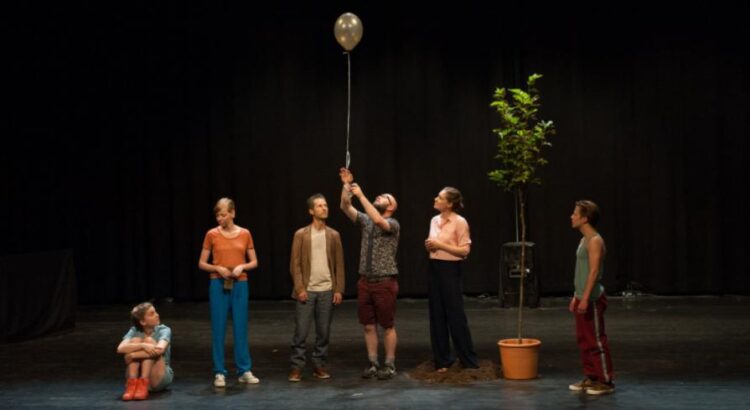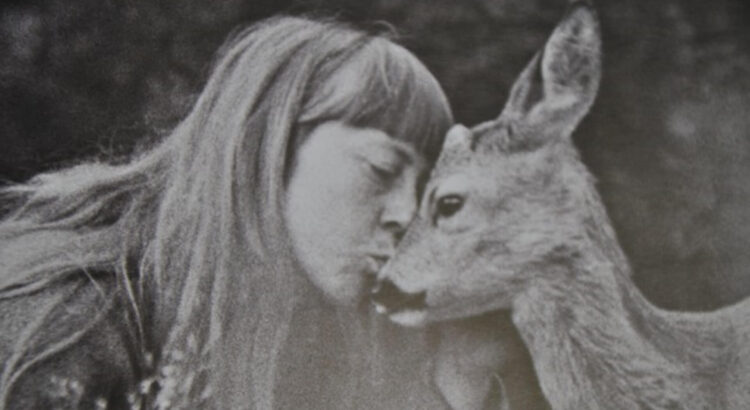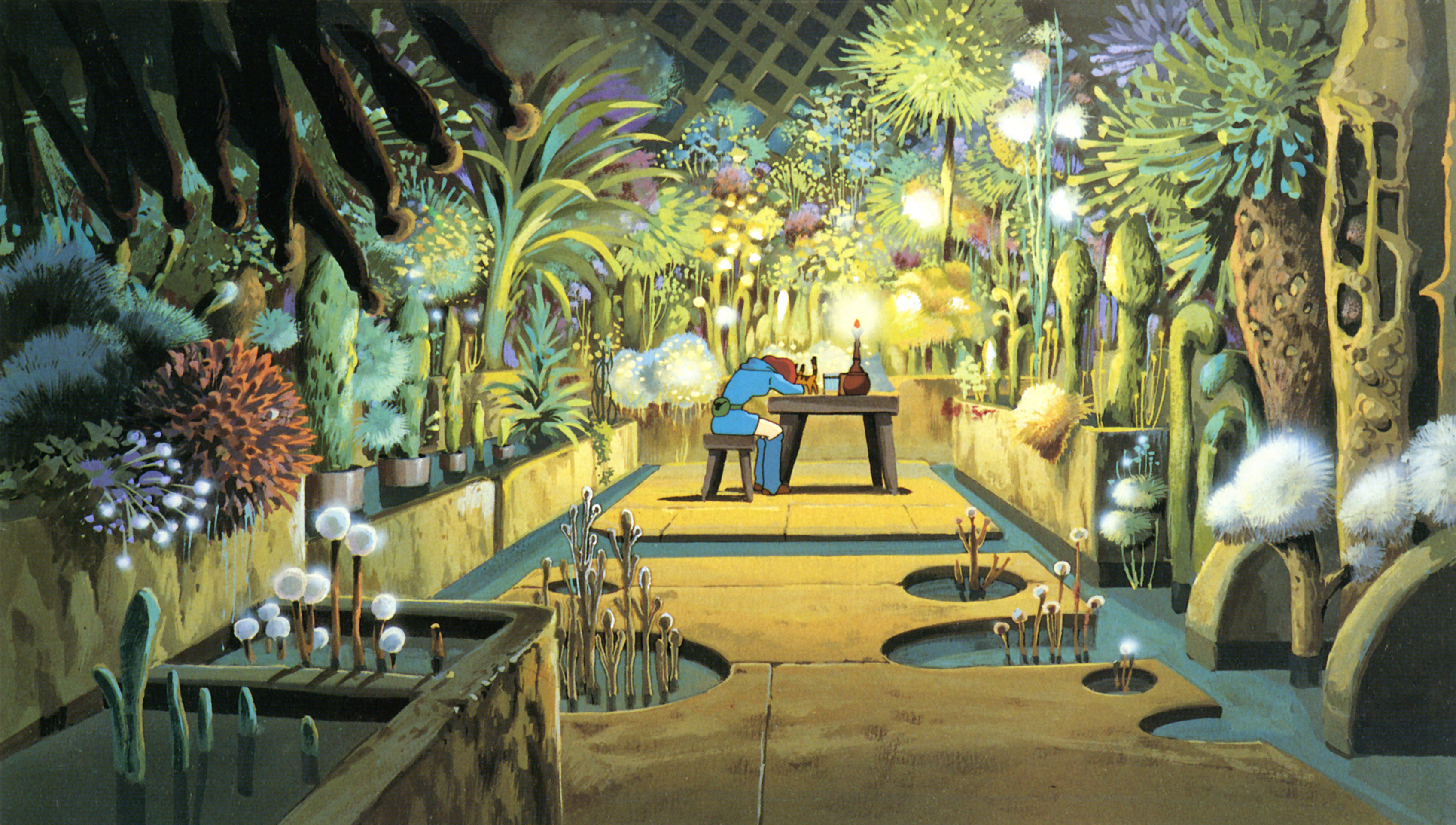7:30pm • Thursday, Sept. 28, 2023 • Hill Auditorium
Last night’s performance was a profoundly beautiful joining of nature and human artistry. In her musical program for this recital, Renée Fleming reminded us that our natural environment is humanity’s oldest muse, and it is in danger.
Fleming, a world-renowned soprano, is a five-time Grammy award-winner as well as a recipient of the National Medal of Arts. She was accompanied by Inon Barnatan, described as “One of the most admired pianists of his generation” by the New York Times, whose week-long residency at U-M includes two more performances on October 4th and 5th. The recital included the world premiere of “Voice of Nature,” a multimedia collaboration with National Geographic based on Fleming’s most recent work, “Voice of Nature: the Anthropocene.” “Voice of Nature” collected music from Fleming’s new album as well as from artists as varied as Björk and Howard Shore (The Lord of the Rings), all accompanied by a film created by National Geographic to represent the beauty of nature and the threat posed by global climate change.
“Voice of Nature” was a deeply poignant experience for me. In the 30-minute piece, imagery depicting the diversity and ingenuity of life on Earth was accompanied by poetic ruminations on life’s transience. The songs captured how nature has served as a backdrop for human love stories throughout time and reminded us that climate change threatened both. I was struck by the end of the piece in particular, where Fleming sang “Evening” by Kevin Puts, accompanied by images of shifting Aurora Borealis interspersed with gently spiraling views of the Milky Way. The solar winds buffeting the planet from millions of miles away, set within our solar system’s grand context, made me feel very small. The lyrics spoke to the space between hope and despair: “We know we are doomed, done for, damned, and still the light reaches us, falls on our shoulders even now, even here where the moon is hidden from us, even though the stars are so far away.”
The performance left me with much to reflect on. I was inspired by the power of music to evoke feelings of hope and commitment to life on Earth, which Fleming curated so thoughtfully in this program. For me, the call to action presented in Fleming’s work and in the accompanying film also exemplifies the spirit of arts as resistance, and I look forward to experiencing more work along this theme throughout this semester.










